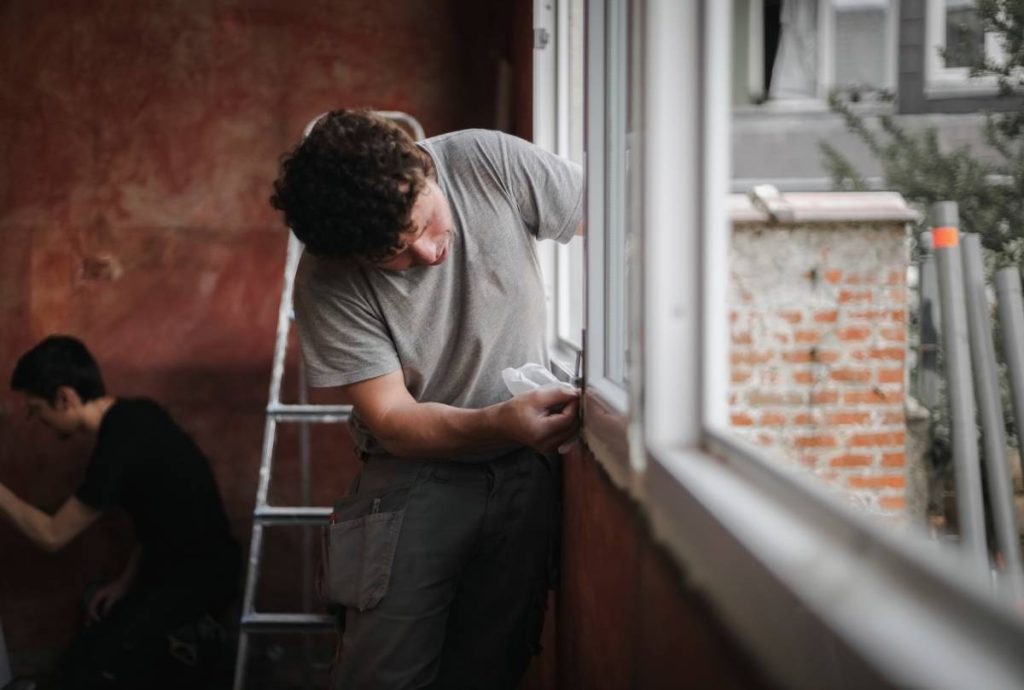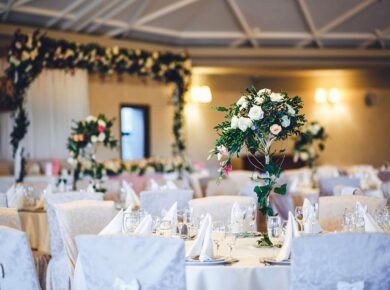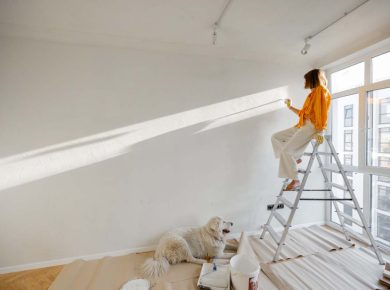Choosing the right windows for your home is a crucial decision that involves weighing various factors.
In this exploration, we will delve into the world of vinyl framed windows, understanding what sets them apart, the distinctions between UPVC and vinyl, and the potential drawbacks to consider.
As homeowners seek durability, energy efficiency, and aesthetic appeal, it’s essential to navigate the nuances of window materials. Let’s unravel the characteristics of vinyl windows and make an informed journey into their advantages and disadvantages.
What is a vinyl frame window?
A vinyl frame window is a type of window that is constructed with a frame made from polyvinyl chloride (PVC), a versatile and durable plastic material. These windows have gained popularity in recent years due to their numerous benefits, making them a popular choice for homeowners.
The frame of a vinyl window is made from PVC, a material known for its durability, low maintenance, and energy efficiency. One of the key advantages of vinyl frame windows is their resistance to moisture, rot, and insect damage. Unlike traditional wooden frames, vinyl frames do not warp or corrode, making them a long-lasting and cost-effective option.

Energy efficiency is another notable feature of vinyl frame windows. The material’s insulating properties help in preventing heat or cold transfer between the interior and exterior of a home. This insulation can contribute to lower energy bills by reducing the need for heating or cooling systems, making vinyl windows an environmentally friendly choice.
Maintenance of vinyl frame windows is simple. Unlike wood frames that may require regular painting or sealing, vinyl frames only need occasional cleaning with mild soap and water to maintain their appearance. This low-maintenance aspect appeals to homeowners looking for practical and time-saving solutions.
Vinyl frame windows are also known for their versatility in design. They are available in various styles, colours, and finishes, allowing homeowners to choose a window that complements their home’s aesthetic. Additionally, vinyl windows are often more affordable than other materials, making them a budget-friendly option for those looking to enhance their home’s appearance.
Installation of vinyl frame windows is relatively easy, and they can be customized to fit specific window openings. This makes them a convenient choice for both new construction and replacement projects. The ease of installation can result in cost savings on labour and installation fees.
In summary, a vinyl frame window is a window with a frame made from polyvinyl chloride. These windows offer durability, energy efficiency, low maintenance, and design versatility. They have become a popular choice for homeowners seeking cost-effective and practical solutions for their homes.
What is the difference between UPVC and vinyl windows?
UPVC (unplasticized polyvinyl chloride) and vinyl windows are terms often used interchangeably, but there are some key differences between the two. Let’s break down these differences.
UPVC, also known as rigid PVC, is a type of PVC that is not softened by the addition of plasticizers. On the other hand, vinyl windows are generally made from PVC, which can include both rigid (UPVC) and flexible versions. So, the main difference lies in the plasticization of the material.
One significant advantage of UPVC windows is their resistance to degradation caused by exposure to sunlight. UV rays can break down materials over time, but UPVC is designed to withstand this, making it a durable option for windows. Vinyl windows, while also durable, may vary in their resistance to UV rays depending on the specific formulation of the PVC used.

Both UPVC and vinyl windows share common benefits, such as low maintenance and energy efficiency. However, the manufacturing process and regional terminology can contribute to variations in the specific characteristics of these windows.
In terms of maintenance, both UPVC and vinyl windows are relatively easy to care for. They don’t require painting, and cleaning with mild soap and water is usually sufficient to keep them looking new. This low-maintenance feature is one reason why homeowners appreciate both types of windows.
Energy efficiency is another shared trait. Both UPVC and vinyl windows provide good insulation, helping to keep homes cooler in the summer and warmer in the winter. This can contribute to energy savings and increased comfort for occupants.
When it comes to cost, the pricing of UPVC and vinyl windows can vary based on factors such as brand, design, and installation requirements. In general, both types of windows are considered cost-effective compared to other materials like wood or aluminium.

What are the disadvantages of a vinyl-framed window?
While vinyl framed windows have many advantages, it’s important to consider potential disadvantages to make an informed decision. Let’s explore some of the drawbacks associated with vinyl windows.
- Limited Color Options: Vinyl windows come in a variety of colours, but the selection may not be as extensive as some other materials like wood. If you have a specific colour preference that is not widely available in vinyl, it could be a limitation.
- Not Easily Painted: Unlike wooden windows that can be easily painted to match changing preferences or home renovations, vinyl windows are not designed for painting. Once they are installed, the colour is generally permanent. This lack of flexibility in changing colours might be a drawback for those who like to update their home aesthetics frequently.
- Temperature Sensitivity: While vinyl windows offer good insulation, they can be sensitive to extreme temperatures. In very hot conditions, the material may expand, and in extremely cold weather, it may contract. This expansion and contraction over time can potentially affect the window’s long-term performance.
- Appearance Variations: Vinyl windows can have a different appearance compared to traditional materials like wood. Some homeowners prefer the classic look of wood, and the appearance of vinyl may not suit certain architectural styles. However, advancements in technology have allowed for more realistic wood-like finishes on vinyl, mitigating this concern to some extent.
- Environmental Impact: The production of vinyl involves the use of chemicals, and some people are concerned about the environmental impact of PVC manufacturing. Additionally, while vinyl windows are recyclable, the recycling process can be more complex than recycling materials like aluminium or glass.
- Limited Repair Options: If a vinyl window becomes damaged, repairing it might be more challenging compared to materials like wood. In many cases, the damaged section may need to be replaced entirely, which could be more involved than repairing minor issues with other window materials.
- Potential for Warping: While vinyl is generally resistant to warping and rot, extreme heat can potentially cause warping over time. This is a consideration for homes in regions with consistently high temperatures.
It’s important to note that the disadvantages of vinyl windows should be weighed against their numerous advantages. The choice between different window materials ultimately depends on individual preferences, budget considerations, and the specific requirements of the home.
In conclusion
The durability, energy efficiency, and low maintenance aspects present compelling reasons to consider vinyl for your window needs. While limitations like colour options and temperature sensitivity exist, these factors should be weighed against the overall advantages and the specific requirements of your home.
Whether you opt for UPVC or traditional vinyl, understanding the nuances of these materials empowers you to make a decision that aligns with your preferences, budget, and the unique characteristics of your dwelling.
And when it comes to window coverings, consider options that complement the benefits of vinyl frames, creating a harmonious synergy in both aesthetics and functionality for your living space.










